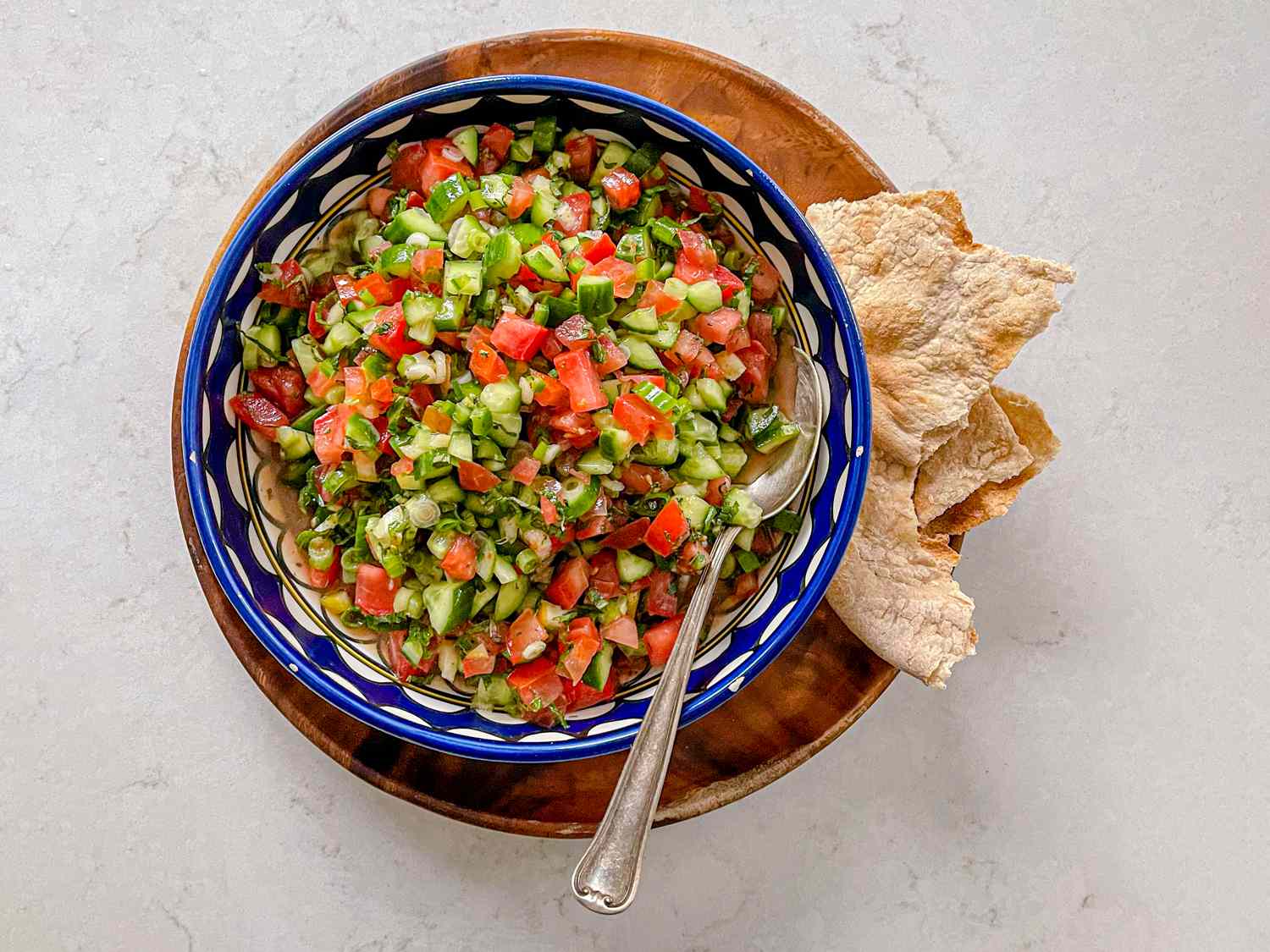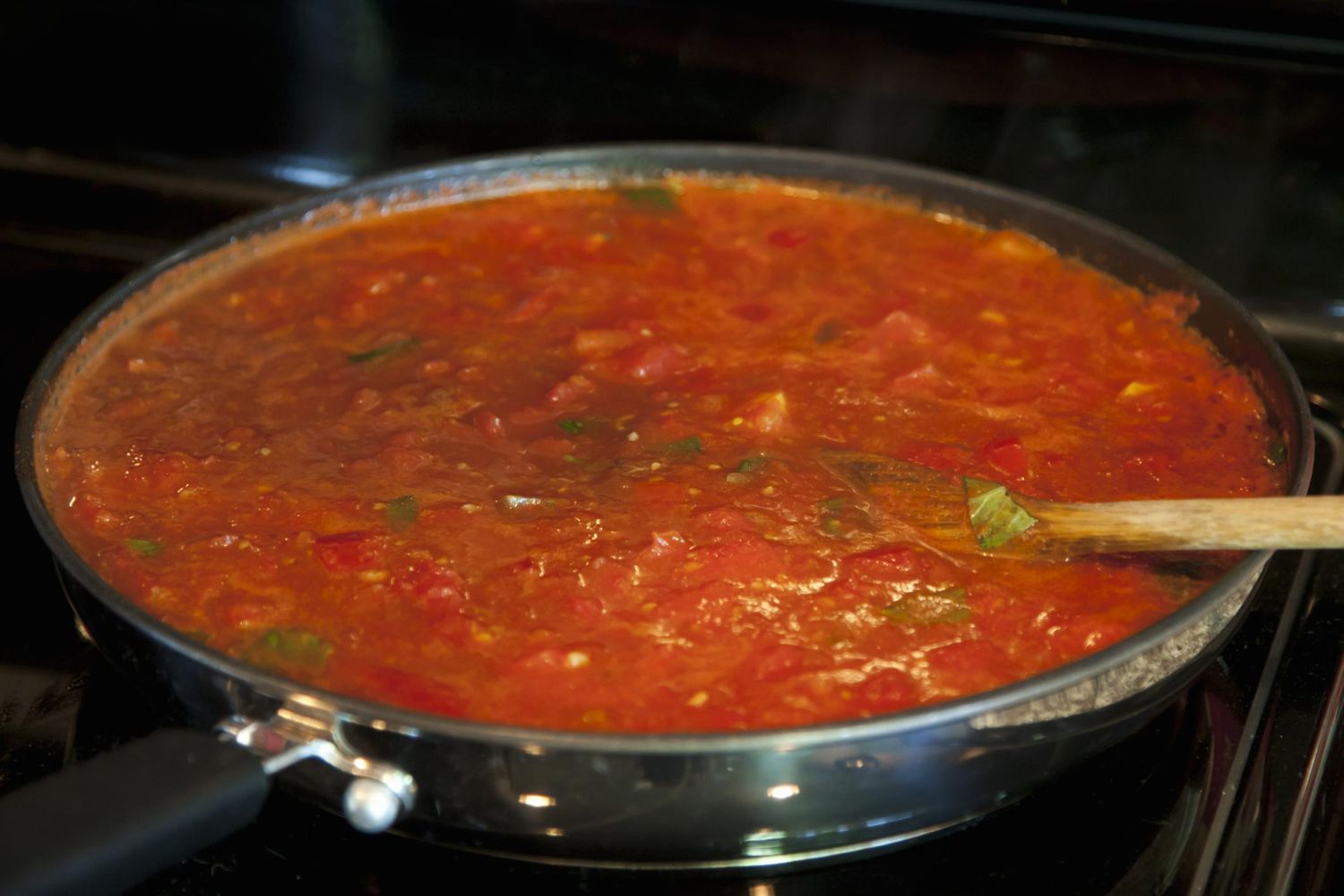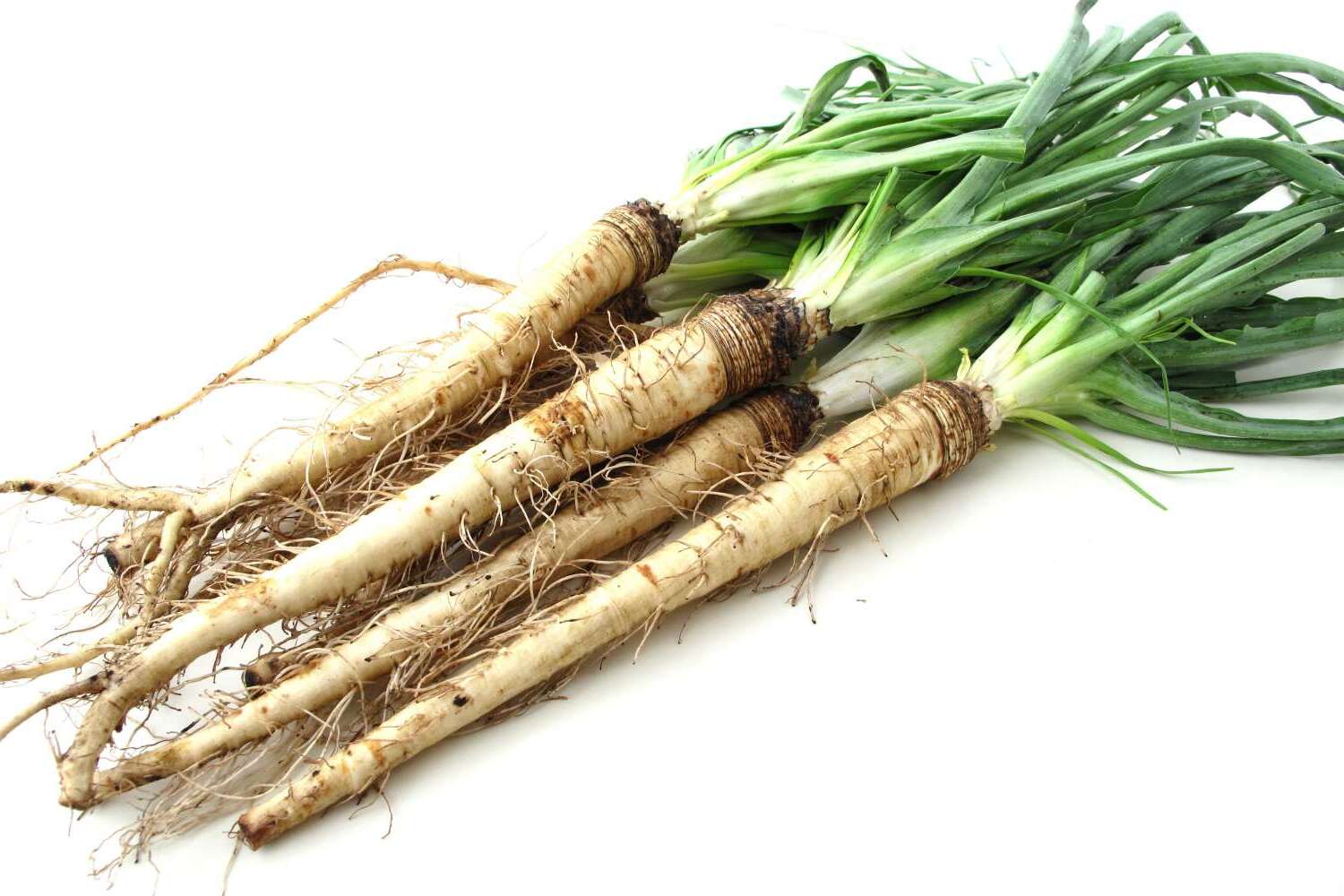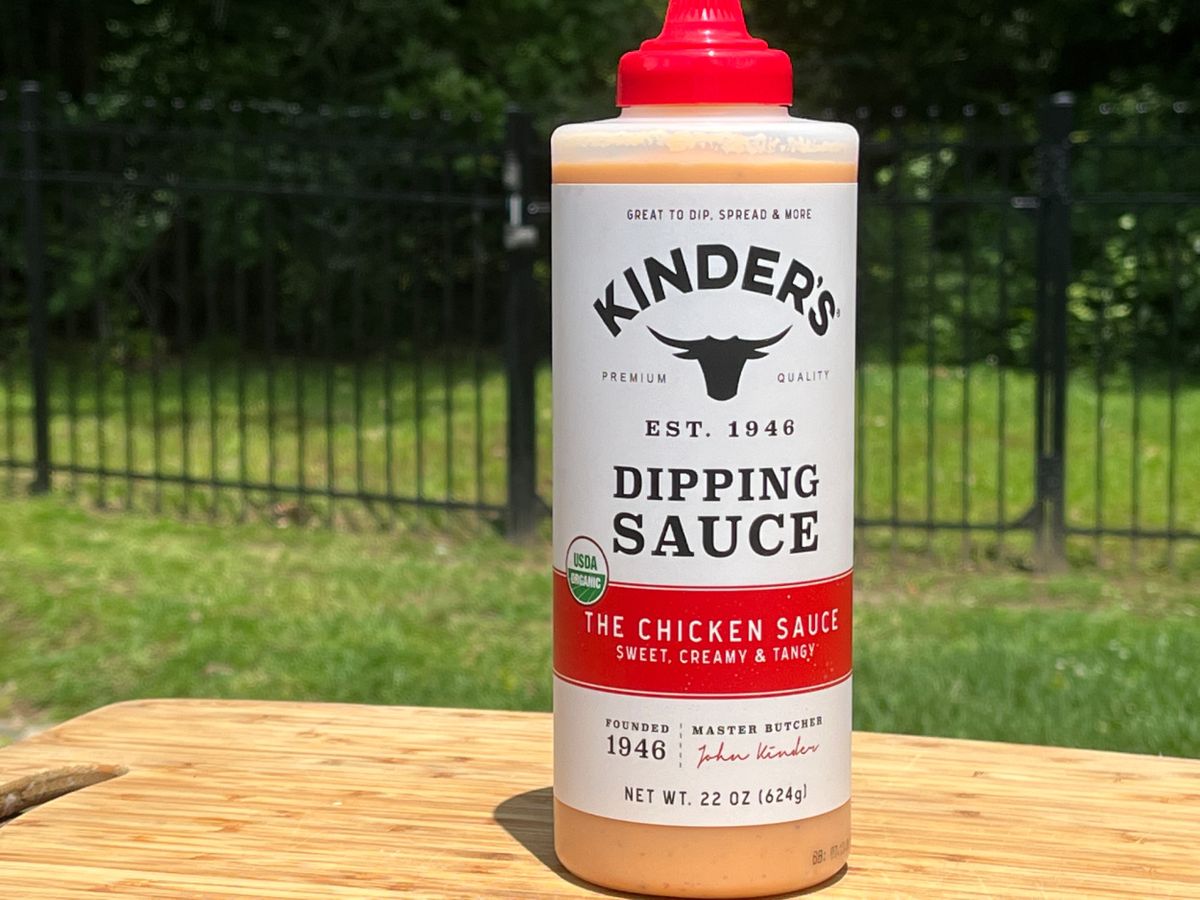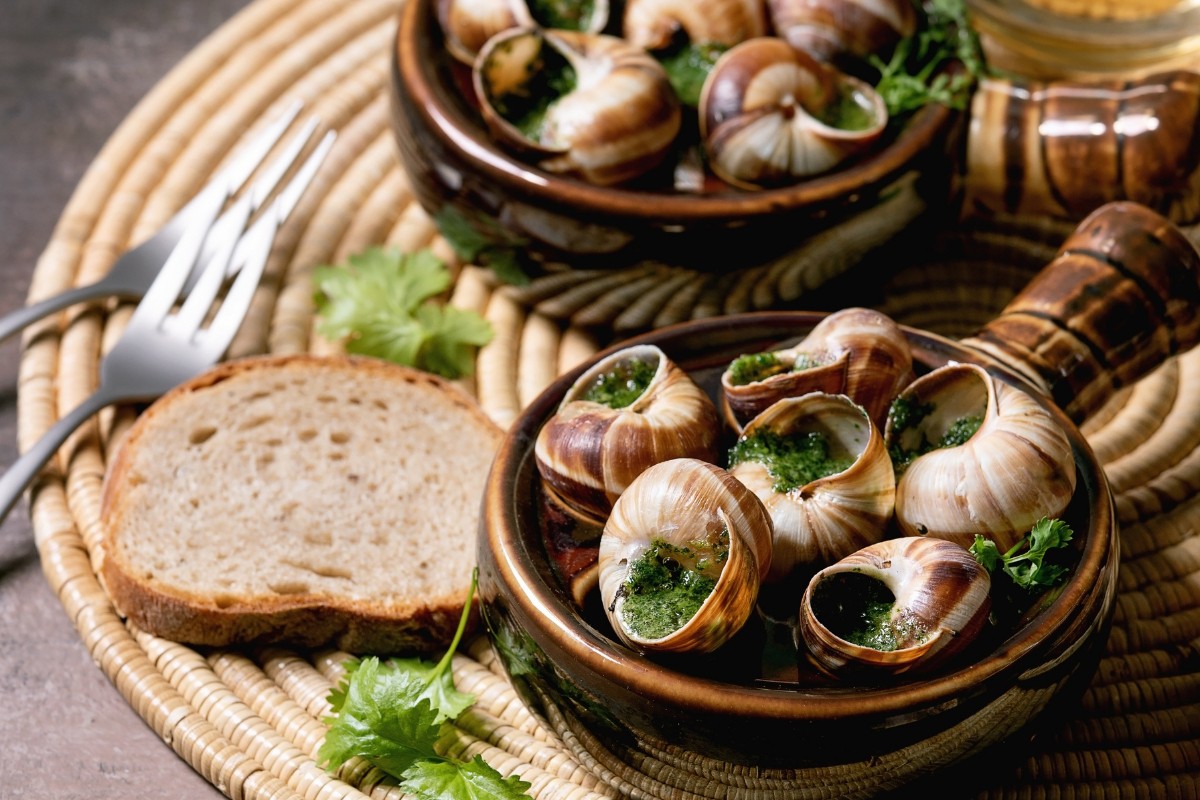Understanding Diezmillo De Res
Diezmillo de res is a popular cut of beef in Latin American cuisine, known for its rich flavor and versatility in cooking. In English, it is commonly referred to as chuck steak or shoulder steak. This cut comes from the shoulder area of the cow and is prized for its tenderness and marbling, making it ideal for grilling, braising, or slow cooking.
Characteristics of Diezmillo De Res
Diezmillo de res is a well-marbled cut, which means it contains a good amount of intramuscular fat. This marbling not only adds flavor but also helps keep the meat moist and tender during cooking. The cut is typically thick and can be identified by the presence of connective tissue, which breaks down during cooking, adding richness to stews and braised dishes.
Popular Ways to Prepare Diezmillo De Res
There are numerous ways to prepare diezmillo de res, each bringing out its unique flavor and tenderness. Some popular methods include:
- Grilling: Diezmillo de res can be marinated and grilled to perfection, resulting in a juicy and flavorful steak.
- Braising: This cut is ideal for braising, as the slow cooking process allows the connective tissue to break down, resulting in a rich and tender dish.
- Stewing: Diezmillo de res is often used in stews and soups, where the slow cooking process infuses the broth with deep, savory flavors.
Popular Dishes Featuring Diezmillo De Res
Diezmillo de res is a staple in many traditional Latin American dishes. Some popular dishes featuring this cut include:
- Carne Guisada: A savory beef stew featuring diezmillo de res, simmered with tomatoes, onions, and aromatic spices.
- Asado de Diezmillo: This dish involves marinating the beef in a flavorful mixture before grilling or braising to perfection.
- Caldo de Res: A hearty beef soup that often includes diezmillo de res, along with an assortment of vegetables and herbs.
Where to Find Diezmillo De Res
Diezmillo de res can be found at most Latin American or Hispanic grocery stores, as well as at some butcher shops. When purchasing this cut, look for well-marbled meat with a rich red color, indicating freshness and quality.
In Conclusion
Diezmillo de res is a flavorful and versatile cut of beef that lends itself to a variety of delicious dishes. Whether grilled, braised, or stewed, this cut is sure to add depth and richness to your culinary creations. Next time you’re looking to explore the world of Latin American cuisine, consider incorporating diezmillo de res into your cooking repertoire for a truly authentic and mouthwatering experience.
Was this page helpful?
Read Next: What Is A Krispy Kreme Cream Filled Donut
